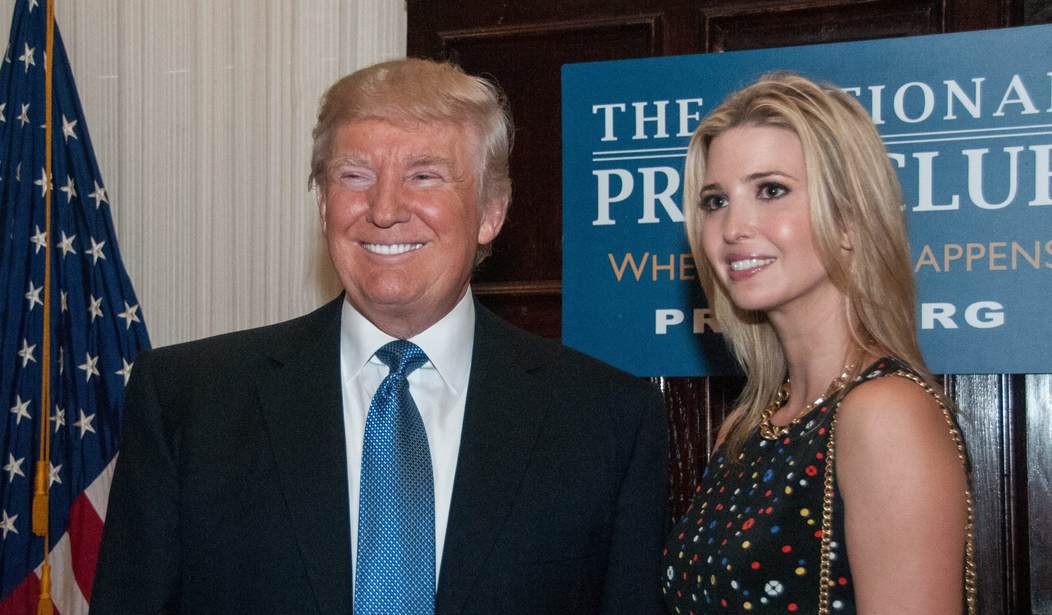Do you even remember what “fake news” was supposed to be when the term first appeared? It was because of a guy named Jestin Coler, who had the brilliant — if insidious — idea of setting up dozens of news web sites with real-sounding names and domains, writing dozens or hundreds of hoax news stories carefully crafted to capture the attention of the ideologically enthusiastic but unwary conservatives, so the stories would go viral, be shared everywhere, bring in lots of page loads and ad views, and make him rich.
The trick was that he invented stories that danced right up to the edge of being obviously crazy, playing on conspiracy rumors that were already around. One I remember was from the Denver Guardian, and was a story about how an FBI agent who had been investigating the Clinton emails had died in a mysterious murder-suicide.
It was a hoax in the grand tradition of P.T. Barnum and “This way to the egress,” and it worked like a charm. It made him money: he was probably the most successful fiction writer since J. K. Rowling. It also proved that not only was a sucker born every minute, but that there had been a lot of minutes since P.T said it.
Of course, then “fake news” was quickly being applied to everything anyone disagreed with. Just about as quickly, the legacy media started saying that “fake news” wasn’t a useful phrase any longer, because it had “lost its meaning,” as Margaret Sullivan complained in the Washington Post. She even provided a useful definition of fake news:
Fake news has a real meaning — deliberately constructed lies, in the form of news articles, meant to mislead the public. For example: The one falsely claiming that Pope Francis had endorsed Donald Trump, or the one alleging without basis that Hillary Clinton would be indicted just before the election.
The problem was that it was too easy to find examples of fake news in the legacy media — or at least false news stories that seemed to have all the characteristics of fake news: false, viral, plausible to a certain mindset, easily refuted.
So, the legacy media learned their lesson: fake news sells. Look at the unending succession of “Look at this awful thing Trump has done!” stories. Most recently, like yesterday, there was the story that Trump had leaked Navy secret information about the movements of U.S. submarines in a phone call with Duterte of the Philippines. Here’s the HuffPo story — which, to be fair, was sourced on a New York Times story:
“Trump Revealed Location Of U.S. Nuclear Subs In Call With Duterte: Can this man be trusted with state secrets?” Their headline breathlessly asked.
Media vapors on Twitter were immediate:
Trump tells Duterte of two U.S. nuclear subs in Korean waters: NYT https://t.co/1Q5g238lWP pic.twitter.com/o2BE3nZqTH
— Reuters (@Reuters) May 24, 2017
Depend on Ben Smith to get a hot take on someone else’s story.
Today's wtf https://t.co/OIBpZmU8hQ
— Ben Smith (@BuzzFeedBen) May 24, 2017
NBC News gets in on it — with 5300 retweets on that one.
Underplayed from Trump-Duterte call: he told Duterte we have 2 nuclear submarines near N. Korea. That's…not usually something we talk about. pic.twitter.com/Qiqgcj6NOk
— Bradd Jaffy (@BraddJaffy) May 24, 2017
Both stories are based on a story in The Intercept that was in turn based on the Philippine confidential transcript of the call.
The stories turn out to have a couple of problems: first off, here’s what the actual transcript actually says Trump said to Duterte:
POTUS: We have a lot of ?repower[sic] over there. We have two submarines the best in the world – we have two nuclear submarines not that we want to use them at all.
So, wait, all Trump said was that we have two nukes near North Korea?
Second — well, it turns out that the U.S. Navy had announced these in press releases.
#USSMichigan arrives in Busan, strengthens partnership with #ROKNavy: https://t.co/BsmuOJ22j9 via @USNavyKorea pic.twitter.com/ydtcxnKAYA
— U.S. Pacific Fleet (@USPacificFleet) April 25, 2017
USS #Cheyenne arrives in Japan; @PacificSubs’ port visits demonstrate #USNavy commitment to our regional allies. https://t.co/wIvccqDxua pic.twitter.com/csaGUNhaSC
— U.S. Indo-Pacific Command (@INDOPACOM) May 4, 2017
Of course, that news didn’t get around at all.
The thing is, it doesn’t matter. The legacy media don’t care, clearly. They could do basic fact-checking — and God knows, after the last six months, everyone should be sensitized to clickbait stories that turn out to be false.
But the Washington Post is actually making money for the first time in years, and hiring new reporters. CNN, MSNBC, the New York Times are all seeing circulation and viewership increasing beyond their wildest dreams. All they’re losing is credibility — after dozens of these fake stories, no one really believes them any longer.
The truth is, just as Coler learned, fake news sells. Credibility be damned.










Join the conversation as a VIP Member